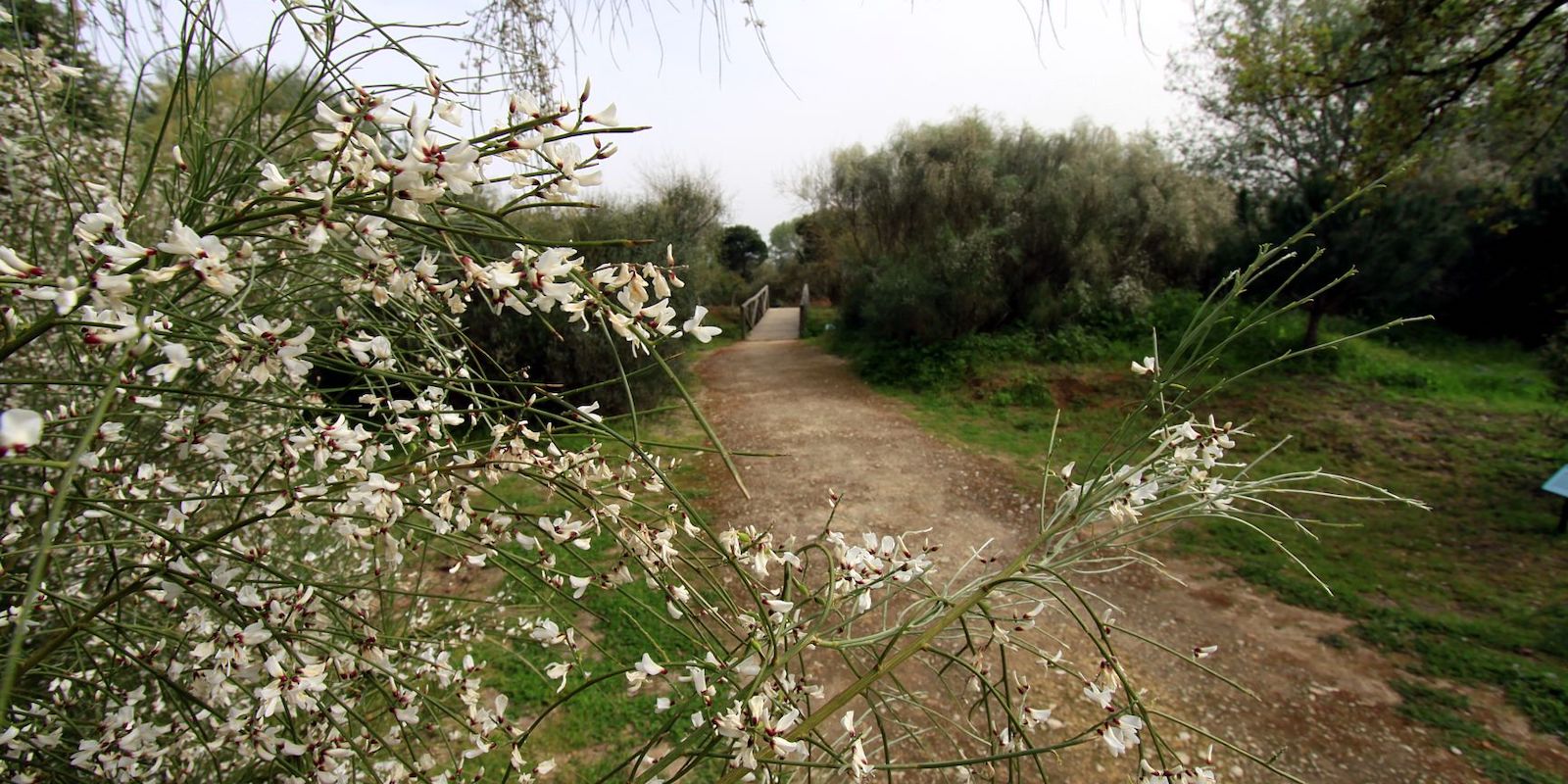Thursday, September 26, 2024
The information on odors processed by the tool would enable the prevention of a fire from the very first minutes of its existence
Source: Colpisa
When the hills are burning, you can smell the fire. It’s a distinctive odor - one that travels with the smoke clouds, as is happening now with the odor generated by the fires in Portugal and which has already crossed the border into Spain - and which is a fire alert. Could smell also be one of the ways in becoming aware of the threat of forest fires before they become a serious problem?
That's what a start-up's proposal is, using technology to fine-tune fire prevention. When we're talking about 'smart cities', we're also talking about 'smart rural': the tools that make the first one smart can also do it with the second one. And as Jorge Cajiao, the CEO and founder of Wildfire Sentinel points out, it's not just about rural areas being smart, it's a matter of "great importance".
"Wildfire Sentinel is a service that includes hardware and software," he explains. An electronic nose is among its tech elements, a nose which identifies a burning smell and helps with fire prevention and detection of fires already in progress. To achieve this, it uses something that, as Cajiao explains, has been around for years - such as sensors - and also something which is tremendously groundbreaking, artificial intelligence. At the end of the day, having the ability to smell something and being able to identify what these aromas mean are two very different things.
Learning how to smell fire
Educating artificial intelligence to process something as intangible as odors may seem tricky at a first glance. Cajiao points out that to completely grasp it you have to think that it's a bit like when a baby is starting to eat. If you serve them savory chicken, they won't recognize exactly what it tastes like because they’ve never tried salt before. You have to teach them what is - and what is not - salty. The same happens with AI: as the name suggests, you must take an 'empty’ one "and teach it".
They were entering the information about what fire smell is as well as the context in which this occurs. Knowing what the forest smells like in a normal context was paramount for the machine, as well as being able to identify the olfactory variations caused by fire. To achieve this, they worked with the Forestry Research Center in Lourizán (Pontevedra), which has a fire tunnel. The tunnel here is used to understand fuels and fire behavior, but for the creators of Wildfire Sentinel it was a source of information about their odors.
At the same time, AI data is ahead of what a human being would be able to smell. Currently, there are already camera systems in place that monitor forest fires. It’s a remote monitoring method, but a slow one, the expert explains. You only see the fire when it's already aggressively there.
"Seeking a method beyond the vision” is important, a method that can send out a warning in the first few minutes. "The time factor in a fire is critical," Cajiao indicates. As the expert points out, facing the flames one, two, or three hours after the start of the fire is very different from doing so in those first crucial moments.
In addition, the sensors are providing real-time information about what is happening in the forest, such as humidity data or wind data. Unlike what satellite data or fire risk projections can be stating, data is being used on what's happening right there.
All of this allows for managing resources more efficiently. As the manager explains, if you need to move a motor pump, you won’t be able to move it any faster than the maximum speed limit on the road. If you already know with a certain time margin that it’s likely that you’ll need it in certain places, you can immediately mobilize it in advance.
Strategic location of the sensors
But where to place the sensors? Cajiao points out that the data history indicates that it’s more likely to occur in certain areas - or types of spaces - than in others. In addition, due to their characteristics, some areas are more sensitive than others, as they are at risk of environmental disasters and potential losses in human lives or critical infrastructure. Therefore, placing them near these installations - installations such as electrical substations or telephone towers - or at borders between wooded areas and inhabited areas is a big help.
This anti-fire nose is in the testing phase for the time being. Pilots have already been developed this summer in some Galician municipalities, and they are sending real data. Its creators also took advantage of the night of San Juan, at the beginning of summer, and its festive bonfires to see if their system - located in the area where they knew there would be fire - was able to identify fire. "We did a real test," says Cajiao, "and we had full detection."
Can false positives occur, for example, now that fall-winter is approaching, and wood will be used again in rural areas to fuel heating? or during spring when controlled fires are carried out? Cajiao says no, as the system gives a probability of fire that emergency services can compare with other data.
The tool is one of the projects presented at the Pont-Up Store, an entrepreneurship meeting taking place in Pontevedra these last few days. Although Wildfire Sentinel has its base in Galicia, they've assured that the fire odor is standard and that their idea can be exported. Your nose could detect fire elsewhere - perhaps, the previous adjustment would come from how it usually smells on the hills - and interest in it is already rising in the United States.
¿Te ha parecido interesante?





